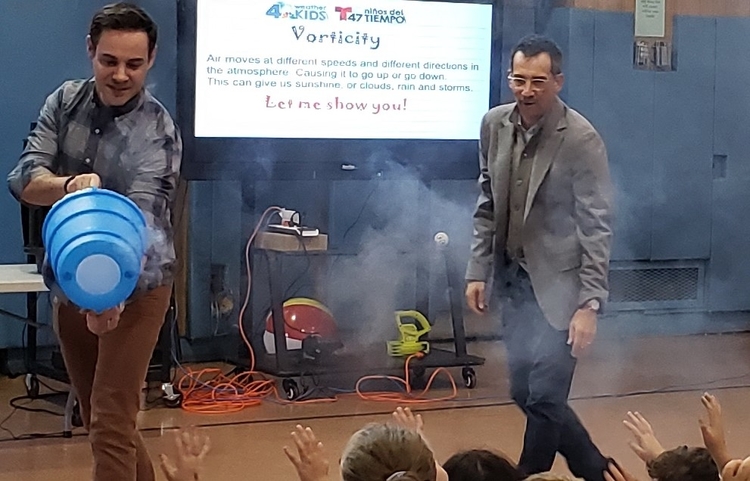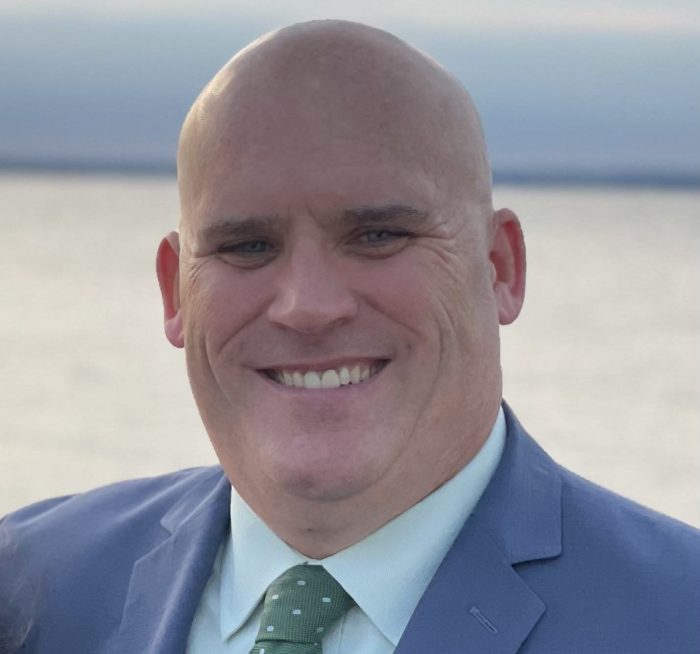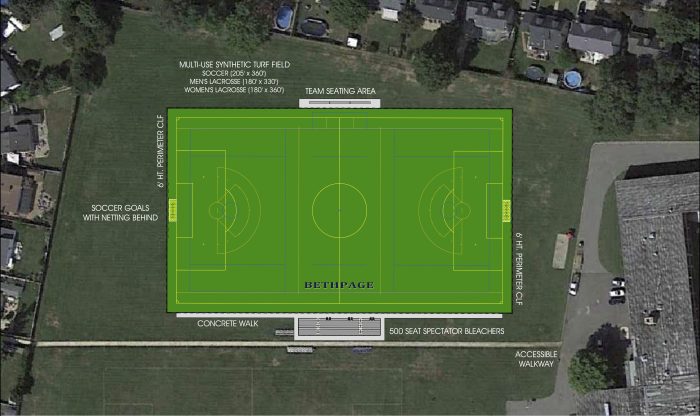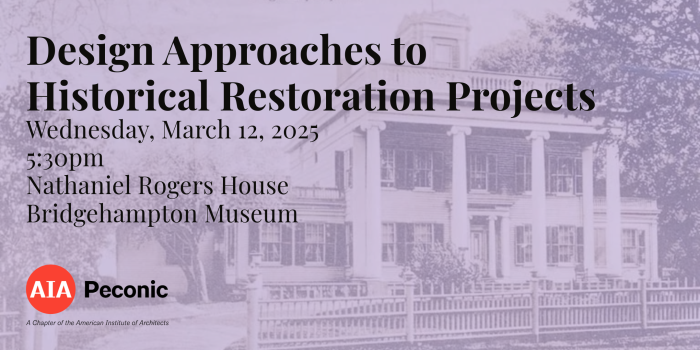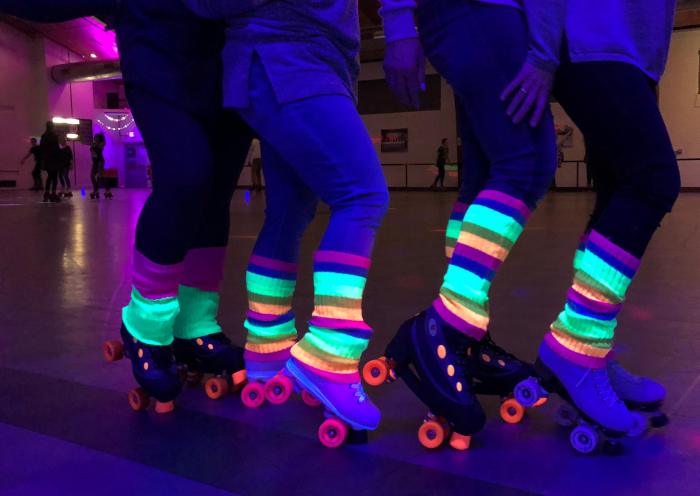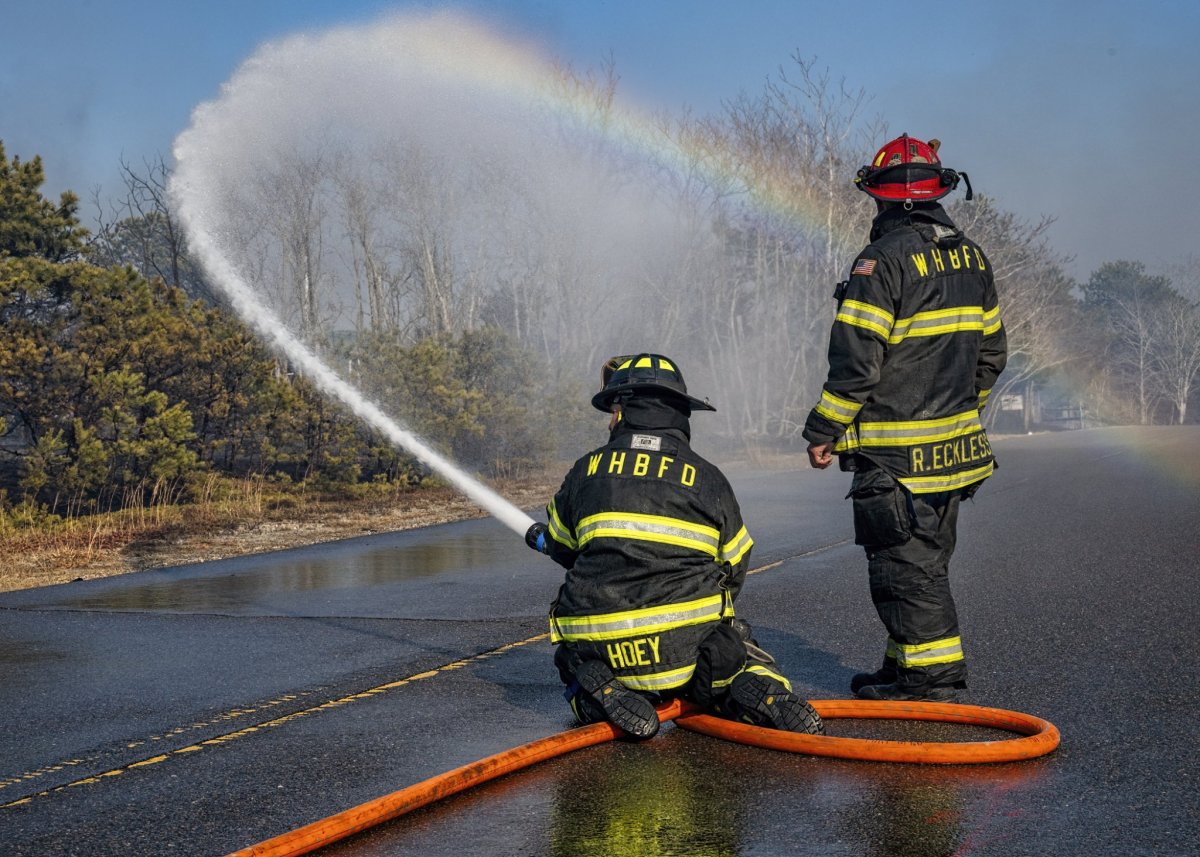WNBC meteorologists Matt Brickman and Dave Price treated students Wednesday at Oaks Elementary School No. 3 in Oceanside to a presentation called Weather Kids that showed students how fun learning about the weather can be.
Brickman and Price used fun demonstrations for a group of third graders to explain the elements that comprise the weather, how clouds are formed, and what makes up a tornado. The demonstrations included using shaving cream to show different kinds of clouds and blowing a beach ball with a leaf blower to show how wind and air pressure work.
“The whole idea was to get kids excited about science and the weather and present it in an approachable way,” said Brickman. “A lot of the stuff that we do on TV is for mom and dad to plan what they’re going to wear and that sort of stuff, but it isn’t super exciting for [the kids]. So, the shaving cream, and the leaf blower and the air cannon, there’s some element of fun and that’s the design.”
WNBC first began its Weather Kids demonstration in 2017 as part of a community outreach program in order to get kids excited about science and the weather in a way that is both interactive and educational.
“We used to talk more about weather safety and this year we changed it to add more experiments to make it a little more interactive,” said Alexandra Trochanowski, WNBC’s manager of community and communications.
Throughout the year the group tries to visit one school a week across the tri-state area. On average they aim for at least two to three visits a month. The network gets thousands of requests.
One of the Oceanside school’s teachers, Michele Reilly, said the presentation fit perfectly into the school year’s science lessons.
“It’s really important for [the students] because it’s a great hands-on way to learn,” she said. “And it’s part of the curriculum that we’re teaching them this year, so this is a great enrichment program for all of them.”
To Price, it’s not just about doing their jobs as meteorologists and presenting fun experiments for the kids to see, but also exposing young people to science in a way that inspires them to want to keep learning more and for some, perhaps one day become a meteorologist or scientist.
“Going out and speaking to children and sparking even just the slightest bit of interest in the sciences is something that we love to do,” said Price. “It does two things: it gets us out in the community, but now more than ever, we need to develop the next generation of scientists and meteorologists, and people to keep watch on our climate. This is our way of safeguarding the future … To have a child say, ‘I want to learn more about this,’ that’s magic.”




